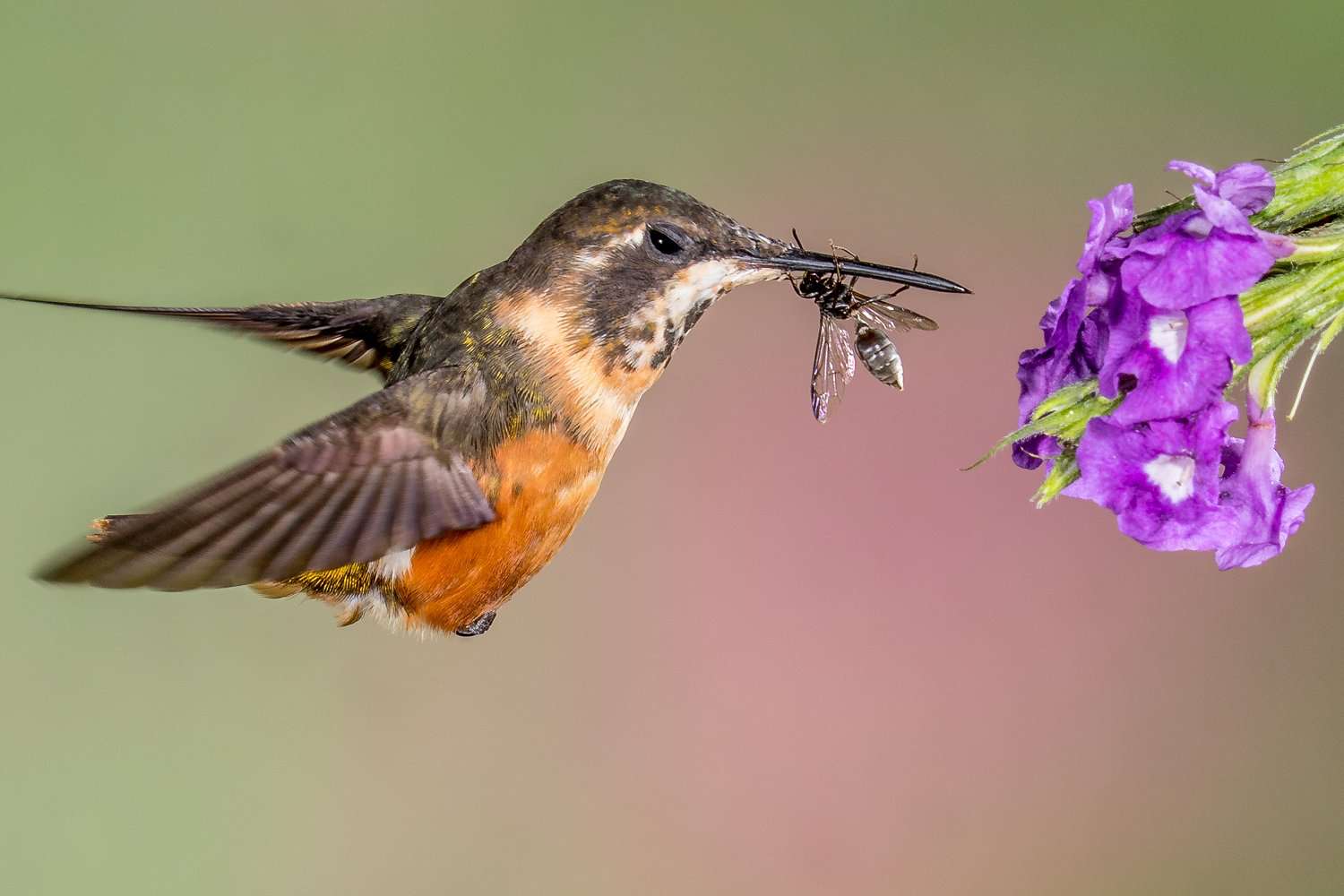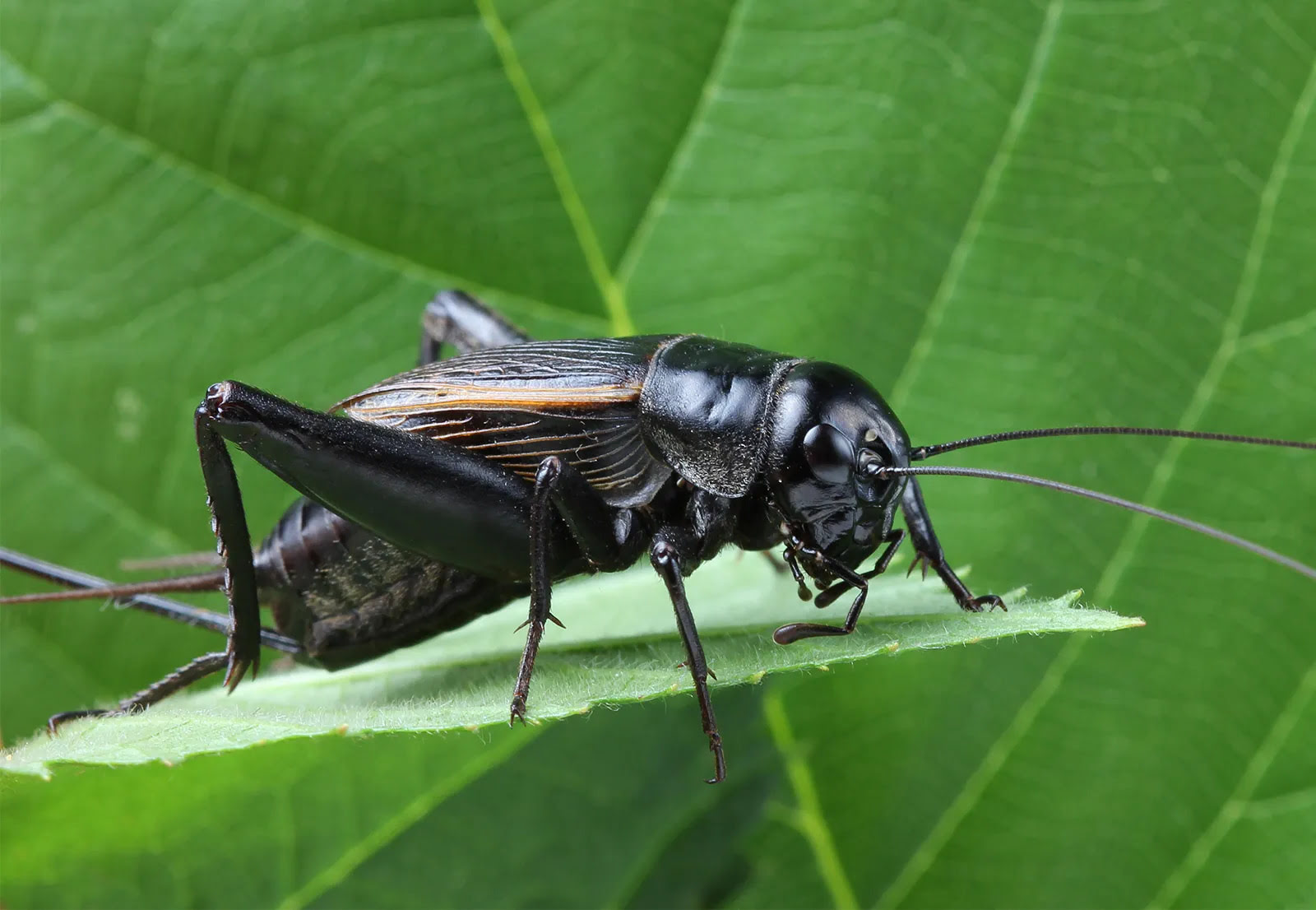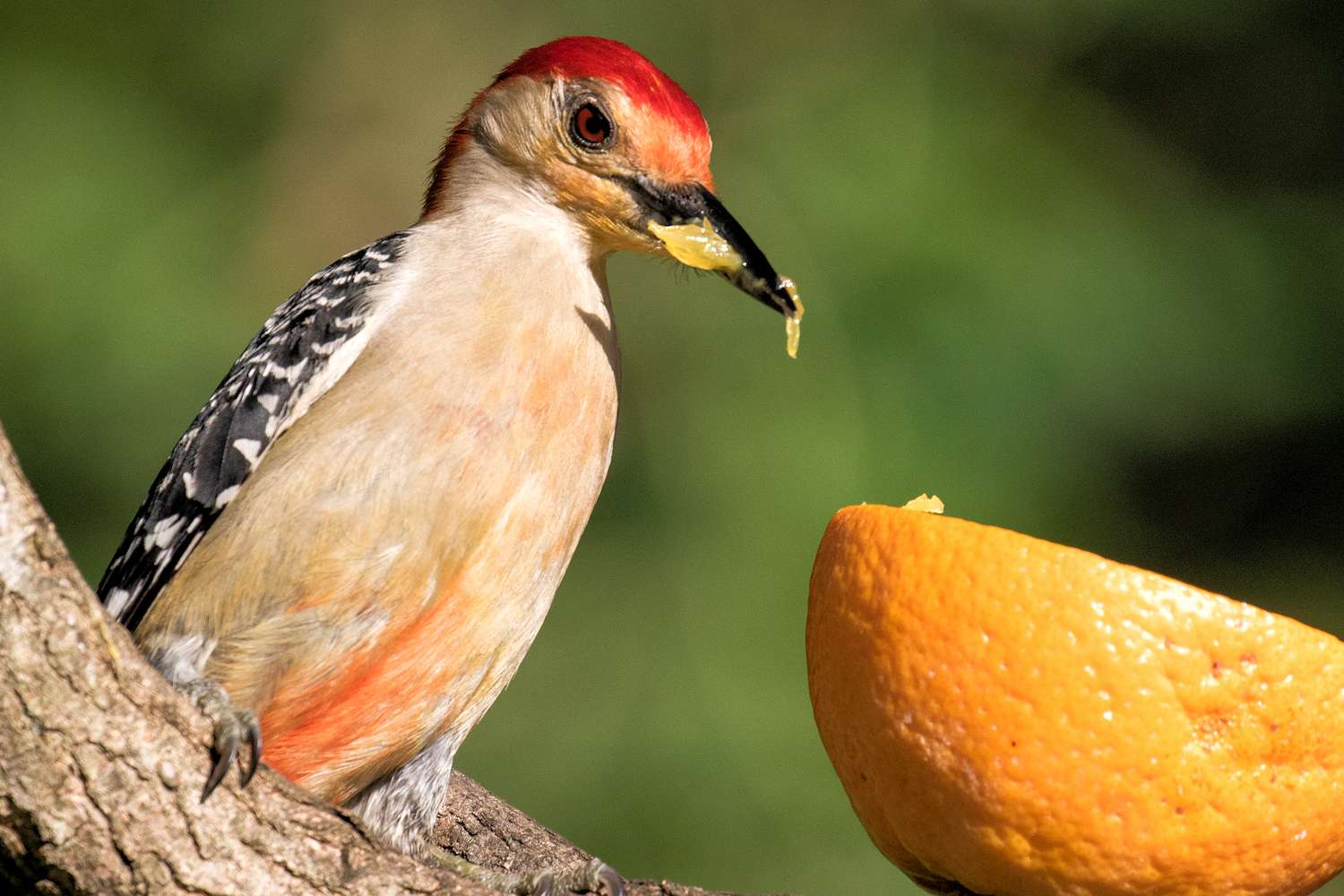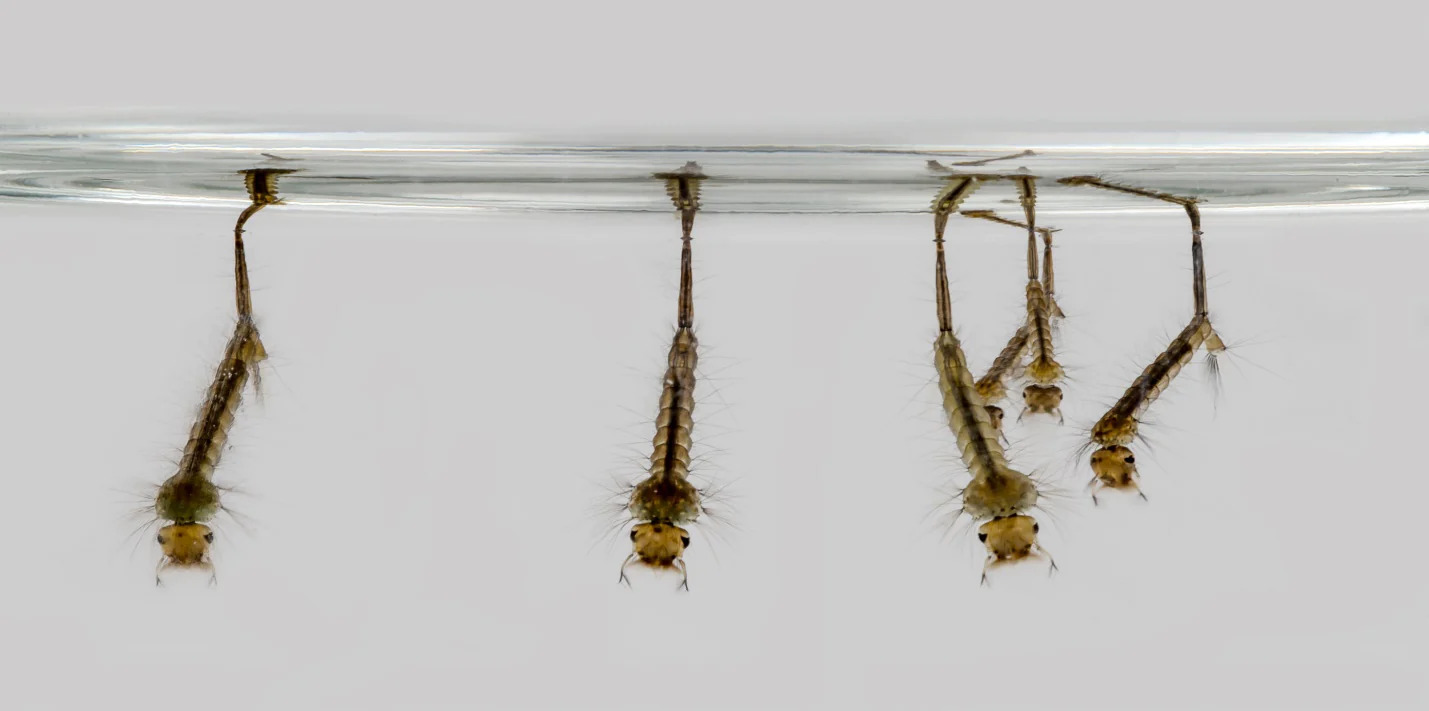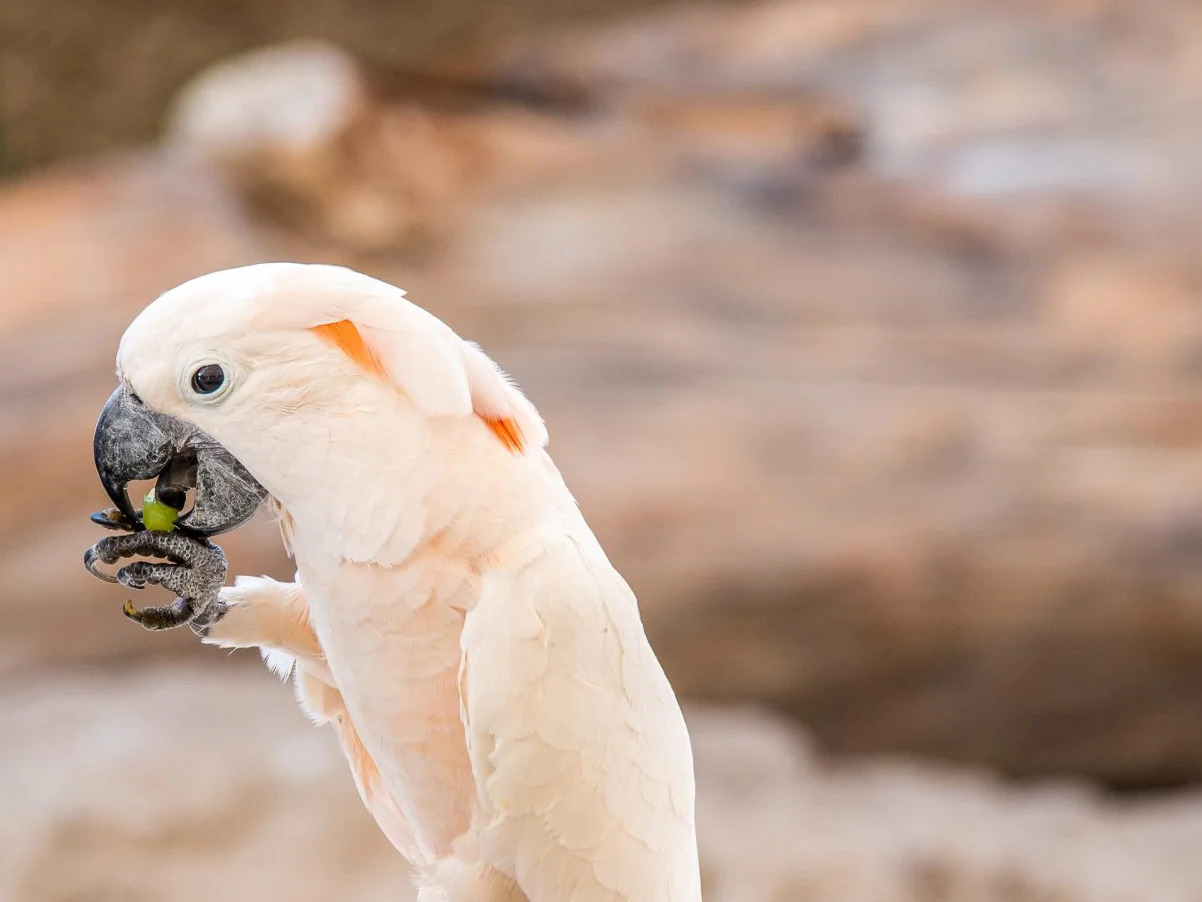Home>Types of Gardening>Ornamental Gardening>What Seeds Do Birds Eat
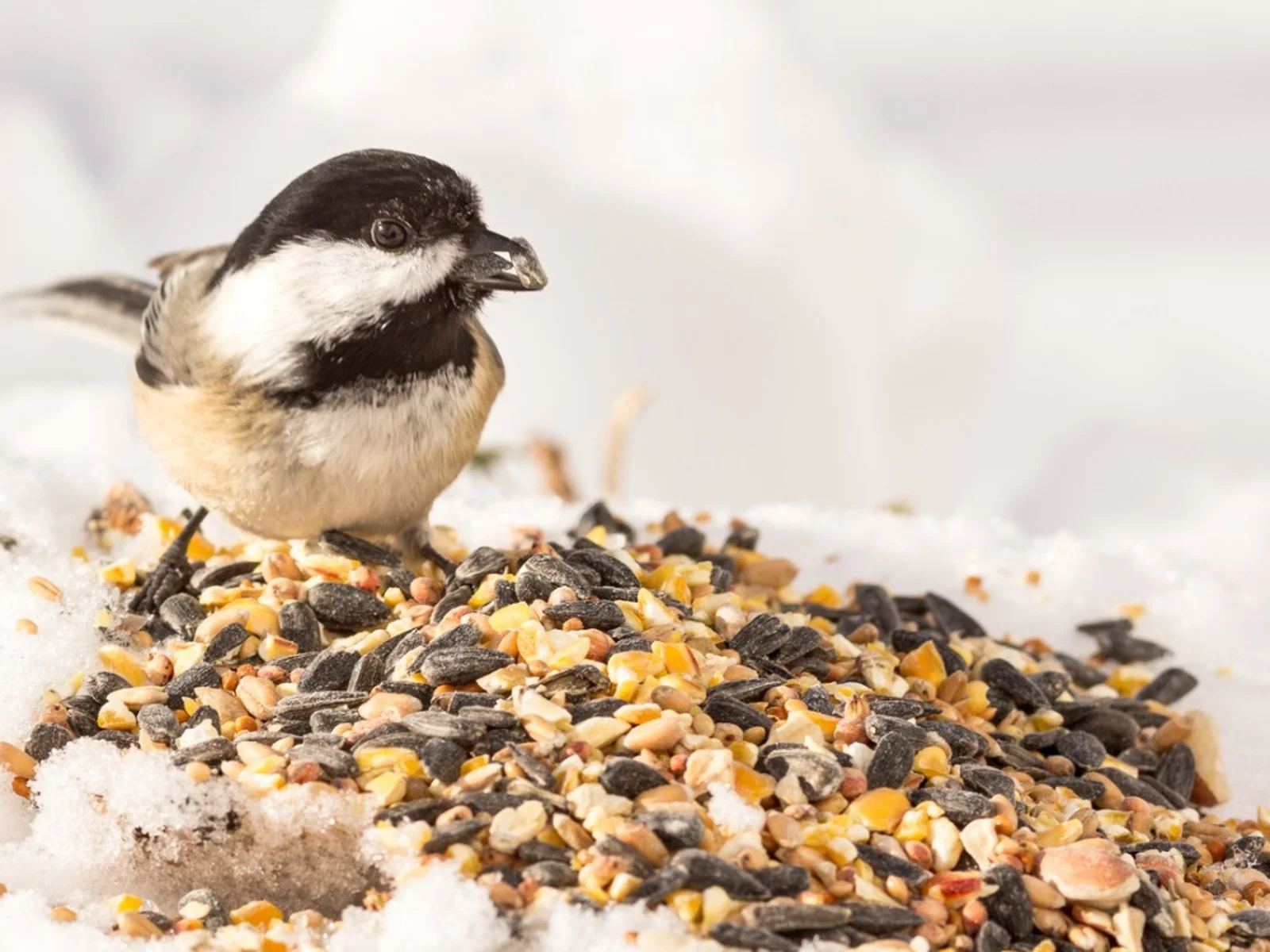

Ornamental Gardening
What Seeds Do Birds Eat
Modified: January 22, 2024
Learn about the seeds that birds eat in ornamental gardening. Discover how to attract beautiful birds to your garden with the right seed choices.
(Many of the links in this article redirect to a specific reviewed product. Your purchase of these products through affiliate links helps to generate commission for Chicagolandgardening.com, at no extra cost. Learn more)
Table of Contents
Introduction
Welcome to the world of ornamental gardening! If you’re passionate about beautifying your outdoor space and creating a haven for birds, understanding what seeds attract and nourish these delightful creatures is essential. Birds play a vital role in our ecosystem, and by providing them with a diverse selection of seeds, you can contribute to their well-being and enjoy the enchanting sight of them flitting around your garden.
When it comes to a bird’s diet, seeds are a popular and nutritious choice. Birds have a natural instinct to seek out seeds as a source of energy and nutrients, as they are packed with essential vitamins, minerals, and fats. From the vibrant canary to the majestic cardinal, different bird species have varying preferences when it comes to seeds. By catering to these preferences, you can create a bird-friendly environment that attracts a wide variety of species.
Not only do seeds provide birds with sustenance, but they also offer the opportunity for birdwatchers and nature enthusiasts to observe and appreciate these exquisite creatures up close. Whether you have a small balcony or a sprawling backyard, by incorporating the right seeds into your ornamental garden, you can create an inviting habitat for birds to visit, nest, and ultimately enhance the natural beauty of your surroundings.
In this article, we will take a closer look at the types of seeds that birds consume, the preferences of common bird species, and how you can provide bird-friendly seeds in your own backyard. So, grab your gardening gloves, sharpen your binoculars, and let’s dive into the fascinating world of ornamental gardening and bird seed selection!
General Overview of Bird Diets
Birds are incredibly diverse creatures, and their diets reflect this diversity. While some birds are specialized feeders and have specific dietary requirements, others have a more varied diet and can adapt to different food sources. In general, bird diets consist of a combination of seeds, insects, fruits, nectar, and even small vertebrates.
Seeds play a crucial role in the diet of many bird species. They are a rich source of energy, protein, carbohydrates, and essential fatty acids. Birds that primarily consume seeds are known as granivores. They have specially adapted beaks that enable them to crack and extract the nutritious contents from a wide variety of seeds.
In addition to seeds, many bird species also rely on insects as a significant part of their diet. Insectivorous birds have pointed beaks that help them catch and consume insects, spiders, and other small invertebrates. Insectivores provide an essential service in ecosystems by controlling pest populations, making them valuable allies to gardeners and farmers alike.
Some bird species have a more frugivorous diet, meaning they primarily feed on fruits. These birds play a vital role in seed dispersal as they consume the fruit and distribute seeds through their droppings, assisting in the growth and regeneration of plants.
Additionally, a few bird species are nectarivores, relying on the sweet nectar found in flowers. They have slender, specialized beaks that allow them to extract nectar from the flowers while inadvertently pollinating them in the process.
It is important to note that while seeds are a vital part of a bird’s diet, their feeding habits can vary depending on factors such as season, migration patterns, and habitat availability. Understanding the general overview of bird diets helps us appreciate the intricate relationship between birds and their food sources.
Types of Seeds Consumed by Birds
When it comes to the types of seeds consumed by birds, there is a wide variety that appeals to different species. Birds have specific preferences based on their beak shape and size, as well as their nutritional needs. Let’s explore some of the common types of seeds that birds consume:
- Sunflower Seeds: Sunflower seeds are a favorite among many bird species. They are rich in fats, proteins, and vitamins, providing a nourishing and energy-packed snack for birds. There are both black oil sunflower seeds, which have thinner shells and are easier for birds to open, and striped sunflower seeds, which have thicker shells and may require more effort to access the nutritious kernel.
- Nyjer/Thistle Seeds: These tiny black seeds come from the yellow-flowered plant known as thistle. They are a favorite among finches, such as goldfinches and siskins. Nyjer seeds are highly nutritious, packed with oils and proteins that help fuel the high metabolic rate of small finch species. They are often placed in special feeders with small ports to accommodate the tiny beaks of these birds.
- Safflower Seeds: Safflower seeds are known for their thick, hard shells, making them less appealing to squirrels and larger birds. However, certain species, such as cardinals and chickadees, enjoy cracking open safflower seeds to access the tasty kernel inside. Safflower seeds are a good option for those looking to feed birds while deterring unwanted visitors.
- Millet Seeds: Millet seeds come in various colors, including white, red, and yellow. These small, round seeds are a staple in many birdseed blends and are favored by ground-feeding species like sparrows and doves. Millet seeds are easily digestible and provide birds with carbohydrates and essential amino acids.
- Peanuts: Peanuts are a high-energy food source that appeals to a variety of bird species, including woodpeckers, jays, and nuthatches. They are rich in calories, healthy fats, and proteins, making them an excellent choice during cold winters or the breeding season when birds require additional energy.
These are just a few examples of the types of seeds that birds consume. It’s important to note that different bird species have different beak shapes and sizes, enabling them to access specific seeds. Providing a diverse selection of seeds in your backyard ensures that you cater to a wide range of bird species, allowing you to experience the joy of welcoming various feathered visitors.
Popular Seeds Eaten by Birds
When it comes to attracting and feeding birds in your garden, there are several popular seeds that are widely consumed and enjoyed by many bird species. These seeds offer a nutritious and energy-rich food source, attracting a diverse array of feathered friends. Let’s take a closer look at some of the most popular seeds eaten by birds:
- Sunflower Seeds: Sunflower seeds are a staple in bird feeders around the world. Their high fat and protein content make them an excellent source of energy for birds. Black oil sunflower seeds, in particular, are a favorite among many bird species due to their thin shells, making them easier to crack open and access the nutrient-rich kernel inside.
- Nyjer/Thistle Seeds: Nyjer or thistle seeds are tiny black seeds that are highly sought after by finches, such as goldfinches and siskins. These small seeds are rich in oils and proteins, providing essential nutrition for these active and acrobatic birds. Specialized nyjer feeders with small ports are available to accommodate the small beaks of finches.
- Safflower Seeds: Safflower seeds are a fantastic choice for attracting cardinals to your garden. While not as popular among other bird species, cardinals are known to enjoy the hard-shelled safflower seeds. These seeds deter squirrels and some larger birds due to the effort required to crack them open.
- Millet Seeds: Millet seeds are a versatile option that attracts a wide variety of backyard birds. They come in different colors, including white, red, and yellow, and are often found in birdseed blends. Ground-feeding species like sparrows and doves particularly enjoy these small, round seeds.
- Peanuts: Peanuts are a favorite among many bird species, including woodpeckers, nuthatches, and jays. They are a great source of calories, healthy fats, and proteins, which provide birds with the energy they need, especially during colder months or breeding season.
These popular seeds can be offered in bird feeders or scattered directly on the ground, depending on the feeding habits of the bird species you wish to attract. Remember to consider the preferences of your local bird population and provide a diverse selection of seeds to ensure a varied diet for the avian visitors to your garden.
Seed Preferences of Common Bird Species
Different bird species have distinct seed preferences based on their beak shape, size, and nutritional needs. Understanding the seed preferences of common bird species can help you tailor your bird feeding efforts to attract specific types of birds. Let’s explore the seed preferences of a few well-known bird species:
- American Goldfinch: American Goldfinches have a strong preference for nyjer or thistle seeds. These small, black seeds are rich in oils and proteins, providing the necessary energy for these active birds. Offering nyjer seeds in specialized feeders with small ports will entice goldfinches to visit your garden.
- Northern Cardinal: Cardinals are known to enjoy sunflower seeds and safflower seeds. They have strong beaks that can crack open the hard shells of these seeds to access the tasty kernel inside. Providing a mix of both black oil sunflower seeds and safflower seeds will attract these beautiful birds.
- House Finch: House Finches are avid consumers of sunflower seeds. They prefer both black oil sunflower seeds and striped sunflower seeds. Additionally, they may also feed on other small seeds like millet and nyjer seeds. Offering a blend of seeds will cater to the varied tastes of House Finches.
- Chickadees and Titmice: Chickadees and titmice have a diverse diet but are particularly fond of sunflower seeds. They have small beaks that can easily handle both black oil and striped sunflower seeds. Including sunflower seeds in your bird feeders will surely attract chickadees and titmice to your garden.
- Blue Jays: Blue Jays are known for their love of peanuts. These intelligent birds have strong beaks that can crack open peanut shells. Offering peanuts in feeders or placing them on platform feeders will appeal to Blue Jays and provide them with a rich source of energy.
- White-throated Sparrow: White-throated Sparrows have a preference for millet seeds. These small, ground-feeding birds enjoy foraging for millet on the ground. Scattering millet seeds in a tray or directly on the ground will attract White-throated Sparrows to your garden.
These are just a few examples of popular bird species and their seed preferences. It’s important to note that individual bird preferences can vary, and regional variations may exist. Observing the feeding behaviors of local birds and adjusting your seed offerings accordingly will help create an enticing and diverse feeding station for a wide variety of feathery visitors.
Impact of Seed Consumption on Bird Populations
Seed consumption plays a crucial role in the survival and population dynamics of bird species. The availability and quality of seeds directly impact the health and abundance of birds in a given area. Understanding the impact of seed consumption on bird populations is vital for conservation efforts and maintaining a thriving avian community.
Seeds provide birds with essential nutrients, energy, and sustenance, enabling them to survive and reproduce successfully. A diverse and ample supply of seeds ensures that birds have access to a variety of food sources throughout the year, supporting their overall well-being.
One major impact of seed consumption on bird populations is during the nesting season. Many bird species rely heavily on seeds to feed their young. Seeds offer a convenient and nutritious food source that parent birds can gather and transport to their nests, ensuring the healthy growth and development of their chicks.
Seed availability also affects the migration patterns of birds. Some bird species rely on specific seed sources along their migratory routes, making these seeds critical for their long-distance journeys. Lack of available seeds can lead to changes in migration routes or delays in migration, which can impact the overall survival and reproductive success of these species.
Bird feeders and the provision of bird-friendly seeds in backyard gardens can have a positive impact on bird populations. They supplement natural seed sources, especially during harsh weather conditions or habitat loss. By providing a reliable food source, bird feeders can help ensure the survival of resident and migratory bird species, particularly during challenging times when natural food supplies may be scarce.
However, it’s important to manage bird feeders responsibly to prevent potential negative impacts. High concentrations of birds around feeders can lead to the spread of diseases or increase the risk of predation. Proper hygiene practices, such as regularly cleaning feeders and maintaining a clean feeding area, can help minimize these risks.
Overall, the availability and quality of seeds directly affect bird populations. By offering a diverse selection of bird-friendly seeds and maintaining responsible feeding practices, you can contribute to the well-being and conservation of these delightful creatures.
Factors Affecting Bird Seed Choices
Several factors influence the seed choices of birds, including their natural diet, beak morphology, habitat preferences, and individual preferences. Understanding these factors can help you make informed decisions when selecting seeds to attract specific bird species to your garden. Let’s explore the key factors that affect bird seed choices:
Natural Diet: Birds have evolved to consume specific types of food that naturally occur in their habitats. Different bird species have different dietary requirements, with some specializing in seeds, while others consume a mixture of seeds, insects, fruits, and nectar. Knowing the natural diet of the bird species you want to attract will guide your seed selections.
Beak Morphology: The size, shape, and strength of a bird’s beak determine its ability to access and consume different types of seeds. For example, finches with slender beaks are well-suited for extracting small seeds like nyjer, whereas birds with thicker, stronger beaks can crack open larger seeds like sunflower seeds.
Habitat Preferences: Bird species have specific habitat preferences, including the type of vegetation and the availability of natural food sources. Different habitats offer different seed resources, and birds have adapted to utilize the seeds present in their specific habitats. Offering seeds that mimic the natural vegetation found in their habitats will attract a higher diversity of bird species.
Individual Preferences: Just like humans, birds have individual preferences for certain types of seeds. Some birds may show a clear preference for specific seeds over others, even within the same species. Observing the preferences of the birds visiting your feeder or garden can help you tailor your seed offerings to their individual tastes.
Seed Quality: The quality of the seeds you offer can also influence bird seed choices. Fresh, high-quality seeds are more likely to be favored by birds. Ensure that the seeds are not damaged, moldy, or contaminated by pests. Seed blends that include a variety of seeds can provide a well-rounded nutrition profile, increasing their appeal to a broader range of birds.
Competition and Availability: Competition among birds for limited food resources can impact their seed choices. If certain seed types are scarce or fiercely competed for, birds may adjust their preferences based on what is available. Offering a diverse range of seeds can help decrease competition and prevent certain species from dominating the feeding area.
Considering these factors and adapting your seed offerings accordingly will increase the likelihood of attracting a diverse array of bird species to your garden. By offering a variety of seeds that meet the dietary needs and preferences of different birds, you can create a welcoming and nourishing environment for these captivating creatures.
Providing Bird-Friendly Seeds in Your Backyard
Creating a bird-friendly environment in your backyard involves more than just putting out a bird feeder. Providing a diverse selection of bird-friendly seeds will not only attract a greater variety of bird species but also ensure that the nutritional needs of these birds are met. Here are some tips for offering bird-friendly seeds in your backyard:
1. Choose High-Quality Seeds: Opt for fresh, high-quality seeds that are free from mold, dust, and pests. Buying from reputable suppliers or stores specializing in bird products will ensure the seeds are of excellent quality and appeal to birds.
2. Offer a Variety of Seed Types: Different bird species have different seed preferences. Providing a mix of seeds, such as black oil sunflower seeds, nyjer seeds, safflower seeds, and millet seeds, will attract a wide range of bird species.
3. Use Specialized Feeders: Utilize different types of bird feeders to cater to the feeding styles of various bird species. Tube feeders work well for smaller birds, while platform feeders can accommodate larger birds. Mesh feeders designed for nyjer seeds are ideal for finches. Consider using squirrel-proof feeders to prevent unwanted visitors.
4. Consider Seed Blends: Seed blends are a convenient option as they offer a mix of seeds in one package. Look for blends that include a variety of seeds to ensure a balanced diet for the birds. Be mindful of the preferences of the bird species in your area and adjust the seed blend accordingly.
5. Provide a Water Source: Alongside offering seeds, provide a water source such as a birdbath or shallow dish with fresh water. Birds need water for drinking and bathing, so having a reliable water source will attract them and enhance their overall experience in your backyard.
6. Consider Native Plantings: Incorporating native plants in your garden not only provides birds with natural food sources like fruits, berries, and seeds but also attracts insects, which act as a protein-rich food for birds. Research local native plant species and incorporate them into your landscape.
7. Maintain Cleanliness and Hygiene: Regularly clean and sanitize bird feeders to prevent the spread of diseases. Remove spoiled or moldy seeds from feeders promptly. Keep the feeding area clean to prevent the accumulation of debris and droppings that can attract pests.
8. Be Patient and Observant: It may take time for birds to discover and trust your feeding station. Be patient and observe their behavior for any adjustments or additional seed preferences. Making small changes to your offerings can significantly impact the bird activity in your backyard.
By providing a variety of high-quality seeds, bird-friendly feeders, and a clean and inviting environment, you can create a sanctuary for birds in your backyard. Not only will you enjoy the beautiful sights and sounds of these feathered visitors, but you’ll also contribute to their well-being and conservation.
Conclusion
Creating a bird-friendly environment by offering a diverse selection of seeds in your backyard is a wonderful way to attract and support a variety of bird species. By understanding the seed preferences of different birds, you can provide nutritious and appealing options that cater to their dietary needs. The seeds you choose, the feeders you use, and the overall cleanliness and maintenance of the feeding area all play a role in creating a welcoming habitat for these delightful creatures.
Remember to consider factors such as natural diet, beak morphology, and habitat preferences when selecting seeds. Offer a variety of high-quality seeds, including sunflower seeds, thistle seeds, safflower seeds, and millet seeds, to provide a well-rounded diet for the visiting birds. Utilize specialized feeders to accommodate different feeding styles and consider incorporating native plants to offer additional natural food sources.
Providing bird-friendly seeds in your backyard not only attracts a diverse array of bird species but also contributes to their overall health and well-being. By creating an enticing feeding station, you can witness the joy of watching birds visit, forage, and thrive in your garden. Additionally, you play a role in supporting bird populations, contributing to their conservation and the vibrant beauty of the natural world.
So, grab your birdseed, set up some feeders, and get ready to welcome a delightful symphony of birdlife into your backyard. The colorful plumage, melodic songs, and grateful presence of these feathered friends will undoubtedly enhance your ornamental gardening experience and provide endless enjoyment for years to come.


